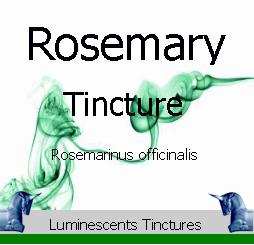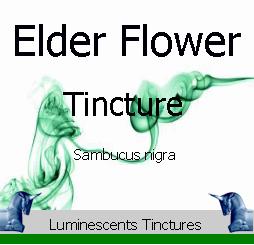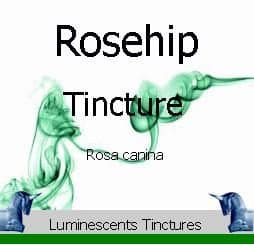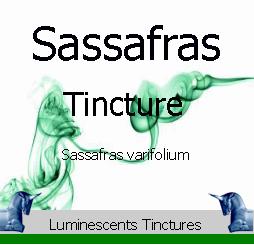Mullein Leaf Tincture – Verbascum thapsus
£13.50
50 ml
Botanical Name Verbascum thapsus
Plant Part Used Leaves
Herb To Liquid Ratio 1:4
Alcohol by Volume 25%
Country of Origin UK/UK
Verbascum thapsus from which Mullein Leaf Tincture is made grows almost everywhere, and its velvety leaves, rodlike stem and striking yellow flowers are easy to recognise.
History of Mullein Leaf:-
The plant was known to Dioscorides 2000 years ago who recommended it for lung complants at the time.
It has a long history in herbal medicine. Its botanical family name Scrophulariaceae is derived from scrofula, an old term for chronically swollen lymph glands, later identified as a form of tuberculosis about whoch, it was once thought, the King’s touch, could cure! Early on, this herb gained a reputation as a respiratory remedy. And physicians from India to England touted it as a remedy for coughs and chest congestion.
The flowers of the plant provide dyes of bright yellow or green, and have been used as hair dye in the past and the dried leaves have been used to make candle wicks. The large leaves were also used as a kind of natural insole for uncomfortable shoes.
It is also known as Great Mullein or Common Mullein, Hig Candlewick, Indian Rag Weed”, Bullicks Lungwort, Adams-Rod, Hare’s-Beard, Ice-leaf, Woolly Mullein, Velvet Mullein, Blanket Mullein, Beggar’s Blanket, Moses’ Blanket Poor Man’s Blanket, Our Lady’s Blanket or Old Man’s Blanket and Feltwort. In Western parts f the USA it is still known by some as Cowboy’s Toilet Paper
Traditional Uses For Mullein Leaf Tincture:-
Mullein Leaf Tincture is made from the dried leaves and flowers of the plant. The herbal ingredient helps in the treatment of respiratory problems like bronchitis, asthma, whooping cough, pneumonia and congestion. It is excellent for treating bladder or urinary tract irritations, including haematuria (bloody urine). Some herbalists advise its use for insomnia and for cleansing the blood. It is a vermifuge and is also used to alleviate the effects of some allergies. The tincture may also be used to swab a swollen and itchy anus due to haemorrhoids as it is an astringent.
| manufacturer | |
|---|---|
| country-of-origin |




